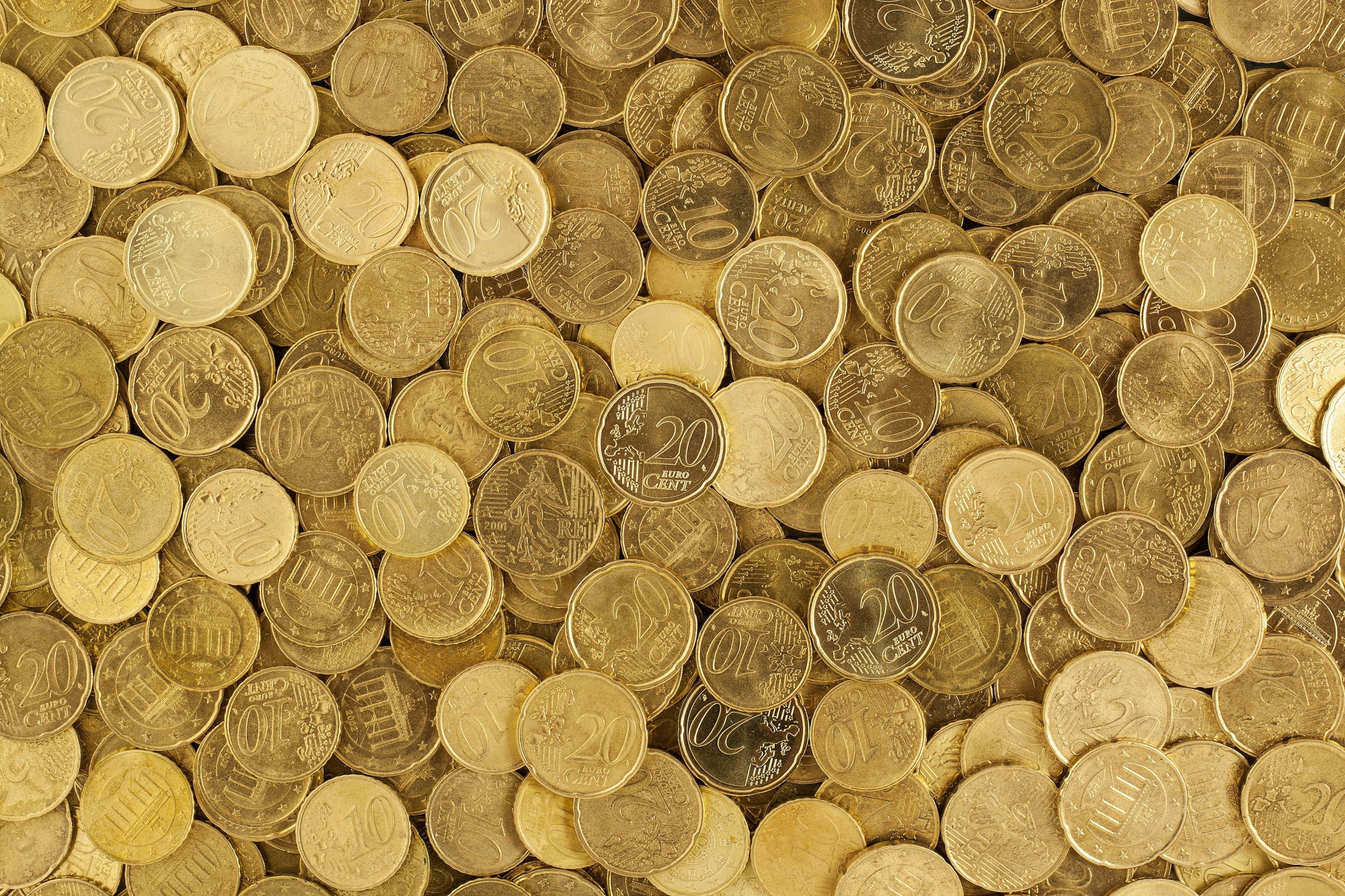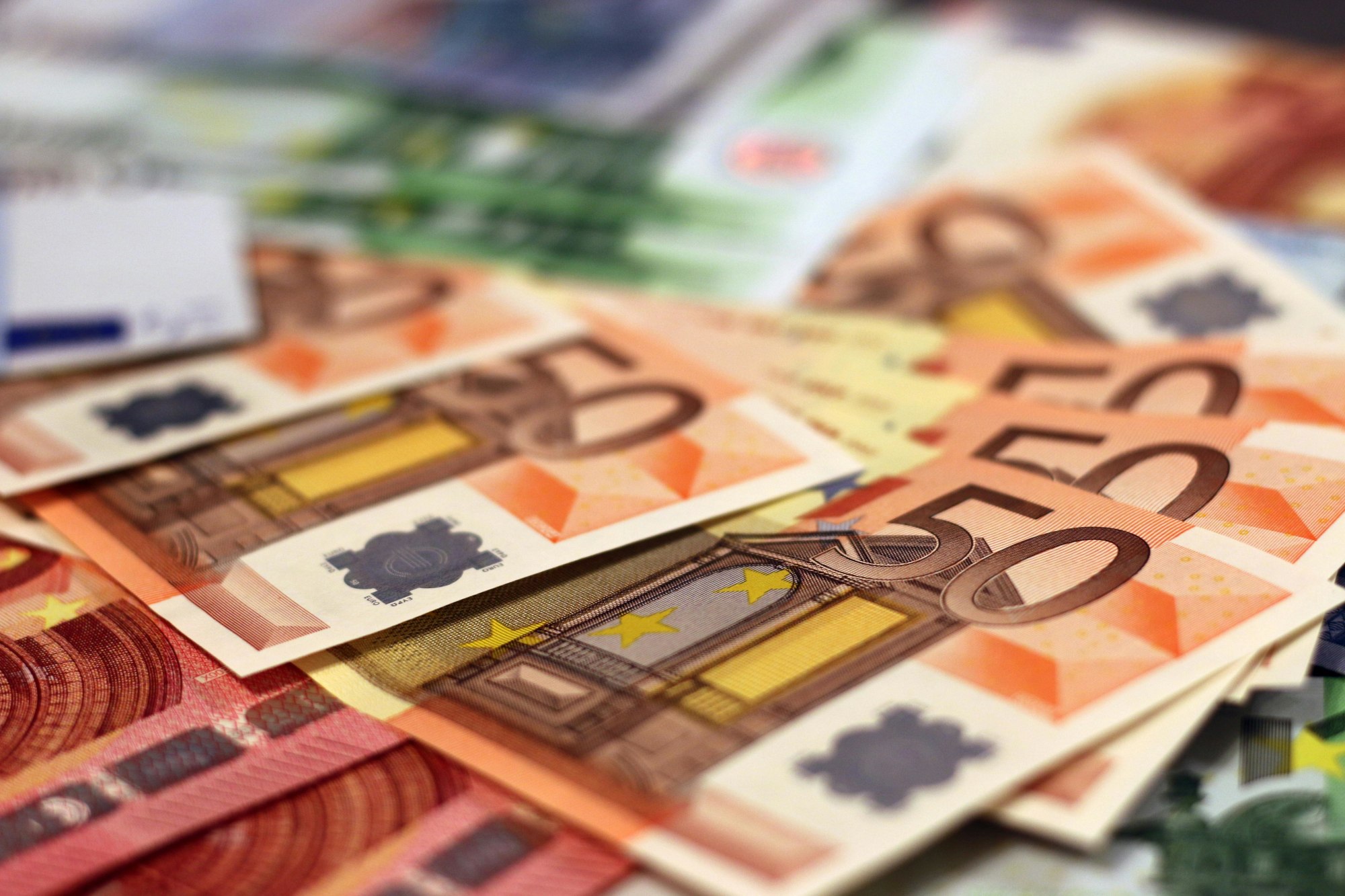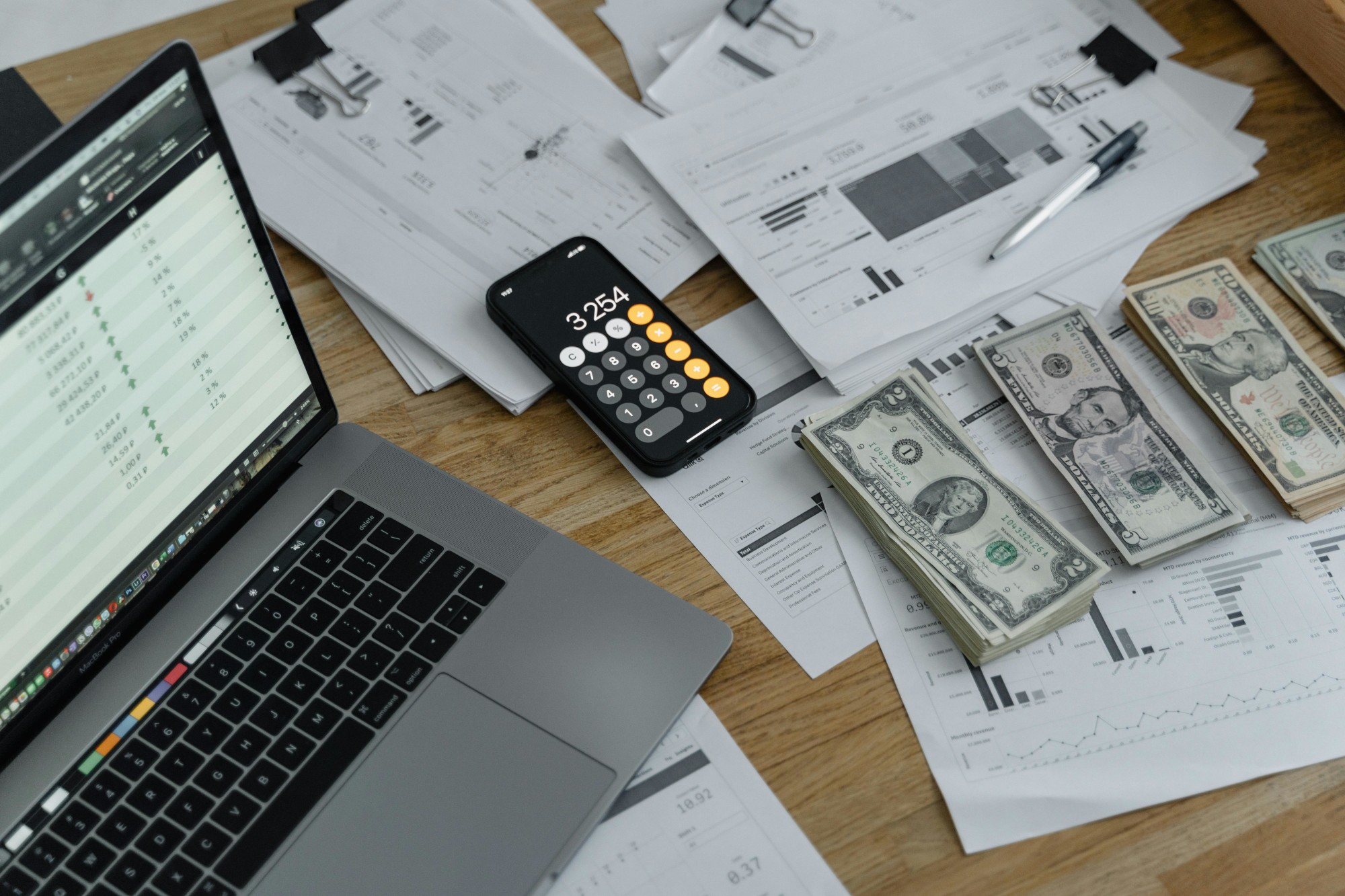Invest
Seven myths of bankruptcy
What does bankruptcy actually mean for your finances? We spoke to expert from Aravanis bankruptcy trustee’s, Andrew Aravanis, to bust some common myths.
Seven myths of bankruptcy
What does bankruptcy actually mean for your finances? We spoke to expert from Aravanis bankruptcy trustee’s, Andrew Aravanis, to bust some common myths.

There are many myths associated with going bankrupt, however there are seven in particular I hear most often:
- That it’s a criminal offence to become bankrupt and there’s jail time associated with it
- That your income is withheld from you completely or that you’ll be given an allowance commensurate with Newstart payments to live on
- That you can’t rent property
- That your credit report will be “blacklisted” forever and you’ll never borrow again
- That you’ll be bankrupt until the debt you owed is paid off
- That you’ll never be allowed to leave the country
- That the bankruptcy trustee will come to your house and take away household contents like furniture, TVs and whitegoods
So, what’s the truth?
You’ll typically be bankrupt for three years and one day before your provable unsecured debt will be cleared. This tends to include credit cards, unsecured personal loans and overdrafts, shortfalls on properties or car loans and most tax debts.
Credit report and NPII

The bankruptcy listing will be removed from your credit file two years after your discharge, so it will be there for five years in total for most. There will also be a record of your bankruptcy on the National Personal Insolvency Index (NPII) which is an insolvency database held and maintained by the Australian federal government. This index is not the same as your credit report.
Protected assets
Assets are either protected or not protected. Protected assets include: standard household contents and furniture, superannuation, tools that you use to earn an income worth up to $3,750 (current market value – not replacement value), and vehicle assets used primarily for transport worth up to a total of $7,800. For vehicles under finance, this applies to the equity in the vehicle.
Unprotected assets such as property
Property assets, such as houses and units are not protected, meaning that your interest in such an asset (normally relative to your share of the equity) shifts from you to your bankruptcy trustee. Your bankruptcy trustee’s job is to realise the value of any unprotected property (in monetary terms), so that these funds can be made available to your bankrupt estate. Contrary to popular belief, there are a couple of ways that this can be achieved but the most common outcomes are:
- The trustee sells the property (in partnership with any other co-owners) now or in the future. Any non-bankrupt co-owners will still be entitled to receive their share of the proceeds.
- The trustee otherwise agrees to relinquish their interest in the unprotected property after receiving consideration (i.e. payment) based on market value. This offer will ordinarily come from a non-bankrupt person, like a co-owner and in effect, this third-party is purchasing the trustee's current and future interest in the unprotected property. Once this transaction is complete, the property will no longer be an asset of your bankrupt estate.
Income
If you were to go bankrupt and are earning over the relevant income threshold, you may need to pay compulsory income contributions during your bankruptcy.
The formula is 50 per cent of your net assessable income above the relevant after-tax threshold per year. These thresholds vary according to the number of dependants you support. As an example, the base threshold (for someone who has no dependants) is currently $57,239 net (after tax).
Your net assessable income in bankruptcy is varied by tax payable, any child support liabilities you might be paying and any fringe benefits you might be receiving such as a work vehicle or accommodation provided by an employer.
Overseas travel
Permission is required to travel overseas but is typically granted if you’re meeting your obligations i.e. making any payments you’re supposed to be making and otherwise doing all the right things.
Operating a business
You’re unable to be the director of a company while bankrupt, although you can trade as a sole trader or partnership (provided the partnership is created after the date of your bankruptcy as any pre-existing partnership will be dissolved by the bankruptcy).
How do I know if I’m nearing bankruptcy?
In our experience, people don’t plan on becoming bankrupt and, in reality, life can sometimes throw us curve balls where no amount of strategising can change the outcome.
However, here are some warning signs that might prompt you to review your financial situation:
- You’ve borrowed amounts that can’t be paid off within a reasonable time (five years) and still allow you to afford to live
- You’ve borrowed to make up for cash flow shortfalls after an increase in expenses or a decrease in income
- You’ve purposely delayed the lodgement of your tax returns because you know you’ll owe the ATO an amount you can’t pay
- You’ve already exhausted hardship through your existing lenders
- You’re getting lots of calls from private numbers or debt collectors regarding amounts you owe
- Your credit report has more black spots than a leopard
- You’ve received a Garnishee Order, which allows creditors to issue a court order that instructs a third party such as your employer, bank or financial institution to redirect your wages or holdings to the creditor you owe money to

Investment insights
Centuria announces senior internal promotions, strengthening leadership team for new property growth cycle
Centuria Capital Group (ASX: CNI or "Centuria") has strengthened its senior management structure with several internal promotions, effective from Monday, 15 April 2024. The new senior roles are part ...Read more

Investment insights
Institutions and wealth managers favour fixed income over equities, research shows
New research from Managing Partners Group (MPG), the international fund management group, shows professional investors believe fixed income is becoming more attractive than equities over the next 12 ...Read more

Investment insights
Gold prices soar to record high: Two surprising factors fueling the surge
Gold prices have hit a fresh record high, nearing $2,300 an ounce in Thursday trading, and while geopolitical tensions and expectations of interest rate cuts by the US Federal Reserve are commonly ...Read more

Investment insights
Alternative fund managers expect increased fines for regulatory breaches, survey reveals
A new study by Ocorian, a market leader in regulation and compliance services, has revealed that alternative fund managers anticipate a rise in fines for breaking regulations in their sectorsRead more

Investment insights
Institutional investors set to increase allocations to illiquid assets, MPG research reveals
A new study by international asset management company Managing Partners Group (MPG) has found that more than three-quarters (78%) of institutional investors and wealth managers plan to increase their ...Read more

Investment insights
Vanguard reduces management fee for its Australian Government Bond Index ETF
Vanguard Australia has announced a reduction in the management fee for its Vanguard Australian Government Bond Index ETF (ASX:VGB) by four basis points to 0.16% per annum, effective from Monday. Read more

Investment insights
Institutional investors and wealth managers recognise digital assets' role in diversification
A new global research study by London-based Nickel Digital Asset Management (Nickel), a regulated and award-winning digital assets hedge fund manager, reveals growing mainstream acceptance of digital ...Read more

Investment insights
Chinese and European brands dominate top 5 most valuable insurance brands: Brand Finance report
The latest Brand Finance Insurance 100 2024 report reveals that Chinese and European brands continue to dominate the ranking of the world's most valuable insurance brands. Read more

Investment insights
Centuria announces senior internal promotions, strengthening leadership team for new property growth cycle
Centuria Capital Group (ASX: CNI or "Centuria") has strengthened its senior management structure with several internal promotions, effective from Monday, 15 April 2024. The new senior roles are part ...Read more

Investment insights
Institutions and wealth managers favour fixed income over equities, research shows
New research from Managing Partners Group (MPG), the international fund management group, shows professional investors believe fixed income is becoming more attractive than equities over the next 12 ...Read more

Investment insights
Gold prices soar to record high: Two surprising factors fueling the surge
Gold prices have hit a fresh record high, nearing $2,300 an ounce in Thursday trading, and while geopolitical tensions and expectations of interest rate cuts by the US Federal Reserve are commonly ...Read more

Investment insights
Alternative fund managers expect increased fines for regulatory breaches, survey reveals
A new study by Ocorian, a market leader in regulation and compliance services, has revealed that alternative fund managers anticipate a rise in fines for breaking regulations in their sectorsRead more

Investment insights
Institutional investors set to increase allocations to illiquid assets, MPG research reveals
A new study by international asset management company Managing Partners Group (MPG) has found that more than three-quarters (78%) of institutional investors and wealth managers plan to increase their ...Read more

Investment insights
Vanguard reduces management fee for its Australian Government Bond Index ETF
Vanguard Australia has announced a reduction in the management fee for its Vanguard Australian Government Bond Index ETF (ASX:VGB) by four basis points to 0.16% per annum, effective from Monday. Read more

Investment insights
Institutional investors and wealth managers recognise digital assets' role in diversification
A new global research study by London-based Nickel Digital Asset Management (Nickel), a regulated and award-winning digital assets hedge fund manager, reveals growing mainstream acceptance of digital ...Read more

Investment insights
Chinese and European brands dominate top 5 most valuable insurance brands: Brand Finance report
The latest Brand Finance Insurance 100 2024 report reveals that Chinese and European brands continue to dominate the ranking of the world's most valuable insurance brands. Read more






